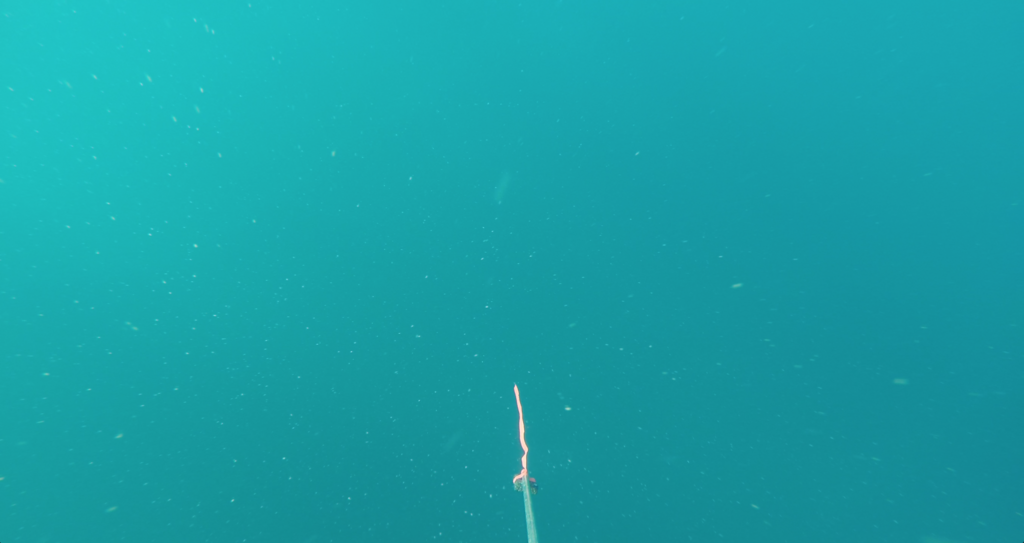Water Visibility Survey for Underwater Vaquita Camera Traps

Last week our collaborators at the San Diego Zoo Institute for Conservation Research visited San Felipe as part of their ongoing Community-Based Conservation of Vaquita project. Along the way, they were kind enough to take some water visibility measurements for us so we could get an idea of the clarity of the water in the areas we’ll be deploying cameras to take pictures of vaquita. We are planning to deploy camera traps in an area south of Rocas Consag, a tiny granite outcrop around 17 miles off the coast of San Felipe. Acoustic cetacean detectors deployed in this area have a very high detection rate for vaquita, suggesting that the area is more densely populated with vaquita than other parts of the Gulf of California.
With our camera traps, we hope to get the first underwater footage of vaquita thriving in their natural habitat, something that has not before been accomplished due to vaquitas’ elusivity. This task is complicated since vaquita live in the Colorado River Delta, which sometimes has waters so turbid that a diver can see just inches in front of their face. Barb Taylor from NOAA, the lead vaquita scientist in the United States, suggested to us that the best times to record images would be during a neap tide, which sometimes yields very clear water. If the neap tide is combined with low winds (of 0 or 1 on the Beaufort scale), the water can be so clear that vaquita and dolphins can be seen swimming up from the depths of the ocean.
Two of our collaborators, David O’Connor and Samantha Young from the Conservation Education Division of the San Diego Zoo, took these videos at two different sites during a neap tide. The videos show that the water was quite clear under these conditions, which is promising for our goal of taking underwater videos of vaquita.
The first video was taken at the first survey site. They recorded a Secchi depth of greater than 15 feet, which is the maximum length of our Secchi disk measurement device. The video was taken by a GoPro lowered off the side of a boat to a depth of around 15 feet.
The red flag at the bottom of the video frame is approximately 30 inches from the camera lens. We anticipated much more turbid conditions, so this setup does not provide an accurate measurement of how far an underwater camera could see. In the future, we will have a better test setup for clear water conditions. However, the camera was only to provide a visual perspective on what the water looks like under certain conditions. We can rely on the Secchi depth for an accurate measurement of water clarity.
At the second site, the Secchi depth recorded was 12 feet. The following video shows what the water looked like on the survey day.


Check back later for an update on the design of the camera trap we’ll be deploying at these sites to capture photographs of vaquita.
